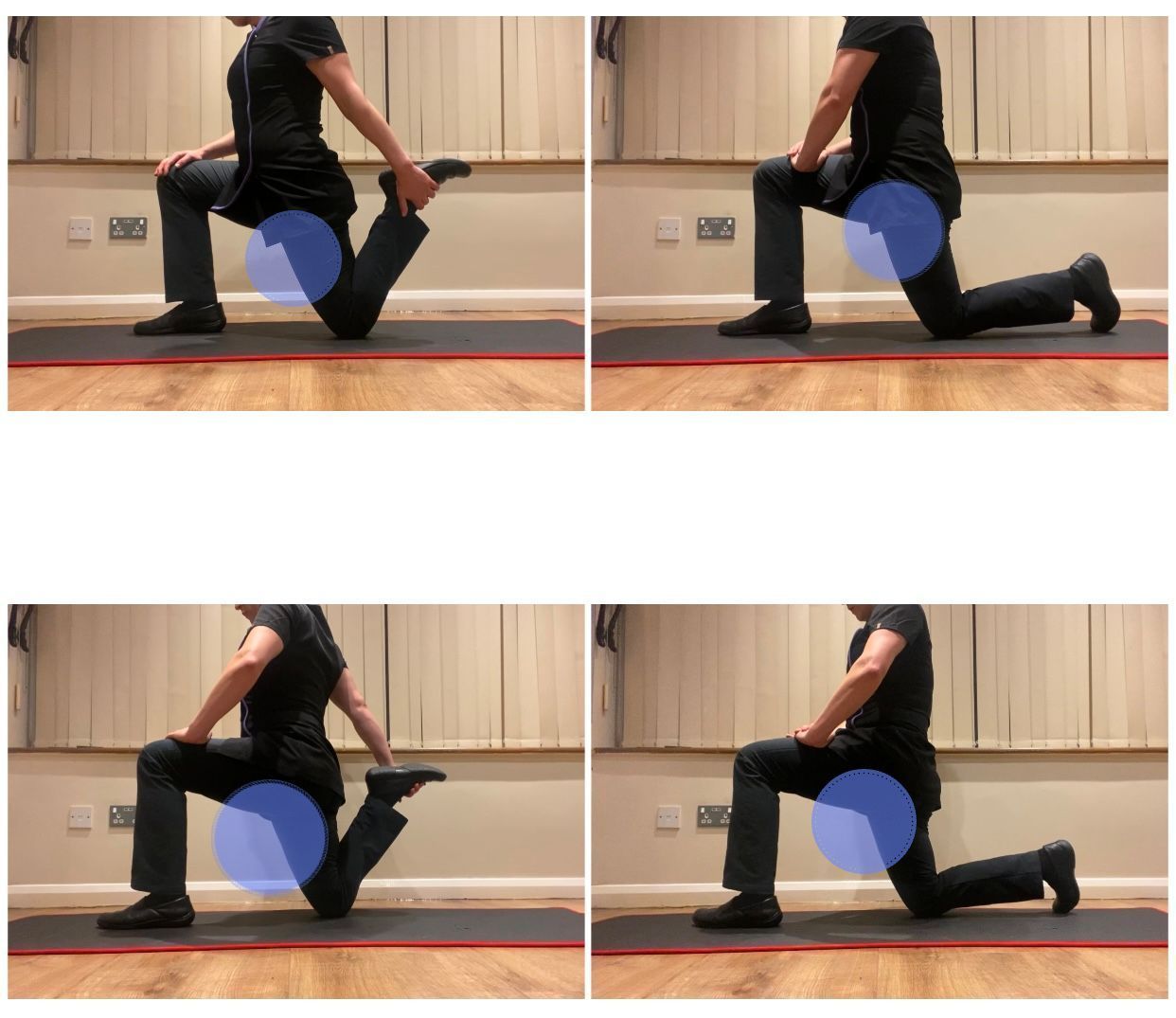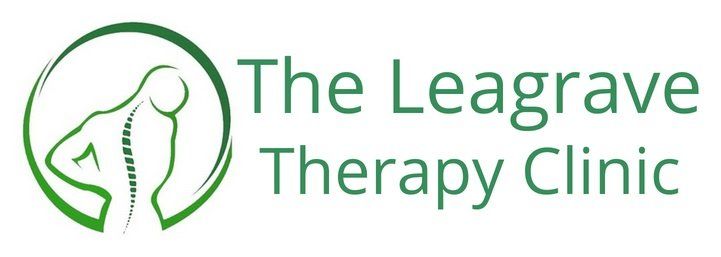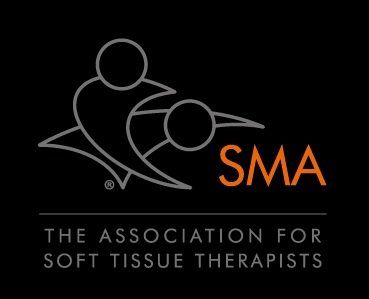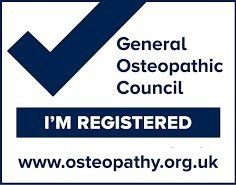
The hip flexor muscles significantly help contribute stability of the lower back. Muscular tensions within this area can lead to pain within the lumbar spine (lower back) and impair performance (4.). Sedentary lifestyles are a major factor for restricting hip extension flexibility and stretching can greatly overcome the associated tightness and increased range of movement (ROM) of the joint (4.).
Anatomy
The iliacus, psoas major, and psoas minor prdominantly make up the hip flexor muscles (2.). The psoas major and iliacus collectively make up the iliopsoas which helps to serve as the primary hip flexor and contributes to hip external rotation and trunk lateral flexion (2.). Due to their attachments of the lumbar spine (lower back) vertebrae and pelvis, they are considered core muscles that function to stabilise the trunk and the pelvis (2.). Juan et al.,
(2024) highlight how the iliopsoas plays an important anterior joint stabiliser of the hip by applying posterior compressive forces
to its femoral head which reduces shear forces placed on the structurem lowering the risk of labral or
capsular injury during micro-instability (2.).
Lumbar stability is associated with various muscular structures including the hip flexors,
especially the Psoas Major (PM) muscle which plays an important role due to its anatomical position and function (4.).
The PM provides spinal
stiffness, stability and alleviation, especially during lifting activities, by acting like 'guy wires' (3.). Thus, associated muscle weakness can lead to functional disability during strenuous activity (3.). A study by Malleter et al observed that the PM plays an important role in various pathologies of the
hip and lumbar spine and also concluded that it plays an important role of stabilising the hip and the lumbar spine.
A minimum amount of tightness within the hip flexors such as the iliopsoas and rectus femoris is required for lumbar
spine stability, however, muscles that are too tight pose a risk for lower back pain, however, a minimum amount of tightness is required for lumbar
spine stability (4.). In the physical therapy world, the modified Thomas test is used to help determine tight hip flexors and defined for if full hip extension in the end position cannot be reached (4.).
Sedentary Lifestyle
It has been estimated that the youth and elderly population spends on average more than 8 hours mean sedentary time and so it is likely that most of the sedentary
population have tight hip flexors. This is underlined by the findings of a study by Hirase et al.
(2023) who reported that two-thirds of the investigated population had limited hip extension
flexibility, and hence tight hip flexors.
Regular Hip Flexor Stretching
The
existing data provides evidence that a single bout of hip flexor stretching of
up to 120 seconds (or a minute and a half) can have a positive effect on the
body's balance (following dynamic stretching or PNF stretching) and jump
performance (4.).
Standing Hip Flexor Stretch:
Overall, a change in muscular imbalances in terms of length and strength around the hip joint has been observed in patients with lower back
pain and regular stretching to the hip muscles can improve lower back instability (3.). Findings by the study of Juan et al.,
(2) suggest that exercises in increased hip flexion (e.g. active supine lying leg raise) provide greater activation of the iliopsoas muscle group compared to
exercises where the trunk is moving on the lower extremity (i.e. that of flexing the trunk e.g. sit ups).
Reference
- Hirase, T., Mallett, J., Barter, L.E., Dong, D., McCulloc, P.C., Harris, J. D. (2020) Is the iliopsoas a femoral head stabiliser? A systematic review. Arthrosc Sports Med Rehabil; 2: e847-53.
- Juan, J., Leff, G., Kevorken, K., Jeanfavre, M. (2024) Hip Flexor Muscle Activation During Common Rehabilitation and Strength Exercises, J. Clin. Med., 12; 6617: 1-35.
- Khan, A., Malik, A, N. (2023) Association between hip flexor tightness and lumbar instability in Adults, J Pak Med Assoc., 73; 11: 2239-2241.
- Konrad, A., Mocnik, R., Titze, S., Nakamura, M., Tilp, M. (2021) The Influence of Stretching the Hip Flexor Muscles on Performance Parameters. A Systematic Review with Meta-Analysis, International Journal of Environmental Research and Public Health, MDOI, 18; 1936: 1-20.
- Mettler, J.H.; Shapiro, R.; Pohl, M.B. (2019) Effects of a Hip Flexor Stretching Program on Running Kinematics in Individuals With Limited Passive Hip Extension. J. Strength Cond. Res. 33, 3338–3344.



